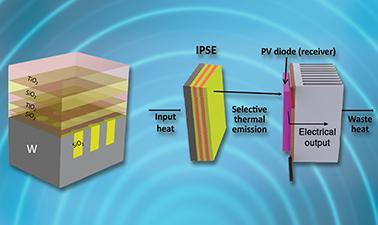MOOC List is learner-supported. When you buy through links on our site, we may earn an affiliate commission.

MOOC List is learner-supported. When you buy through links on our site, we may earn an affiliate commission.
This course may be useful for advanced undergraduates with the prerequisites listed below; graduate students interested in incorporating these techniques into their thesis research; and practicing scientists and engineers developing new experiments or products based on these ideas.
This course is part of the Nanoscience and Technology MicroMasters Program.
What you'll learn:
- Photonic bandstructures
- Transfer matrices
- Time-domain simulations
- Finite-element methods
Syllabus
Week 1: Photonic Bandstructures
- Bloch Theorem
- 1D Bandstructures
- 2D Bandstructures
- Photonic Crystals
Week 2: Photonic Bandstructures (continued)
- Photonic Crystals
- Photonic Bandstructure
- Simulation using MIT Photonic Bands (MPB)
Week 3: Transfer Matrices
- Ray Optical Matrices
- Wave Optics Transfer Matrices
- Wave Optics S-Matrices
- Photonic Simulations
- CAMFR
- Metasurfaces
Week 4: Time-Domain Simulations
- Finite Difference Time Domain Method
- MEEP: An FDTD Solver
- Light Trapping in Photovoltaics
- Using MEEP
- MEEP Resonators
- MEEP: Photonic Bandstructures
- FDTD Validation Against Experiment
- Local Density of States
Week 5: Finite-Element Methods
- Simulating Bandstructures in FDTD
- Beam Propagation Method
- Finite Element Method (FEM)
- An FEM Waveguide Mode Solver
- Thermal Transport
- FEM Modeling
- Blackbody Radiation
Prerequisites:
- This course is intended for audiences with a background in the physical sciences or engineering.
- Basic familiarity with the principles of Maxwell’s equations, covered in a first year class on physics, is needed.
- Some working knowledge of integral and vector calculus, as well as basic linear algebra, is assumed.
- Prior experience with basic programming techniques and algorithms is useful but not strictly required; pointers to web-based resources covering these background topics will be available.
MOOC List is learner-supported. When you buy through links on our site, we may earn an affiliate commission.
MOOC List is learner-supported. When you buy through links on our site, we may earn an affiliate commission.
